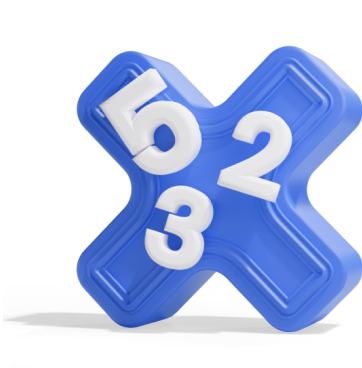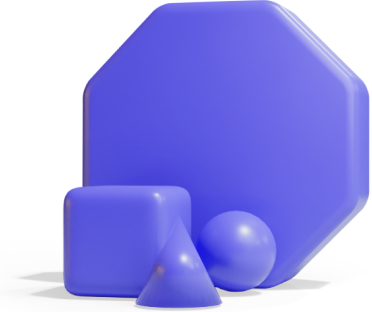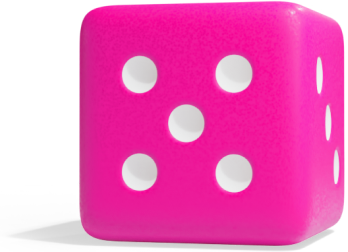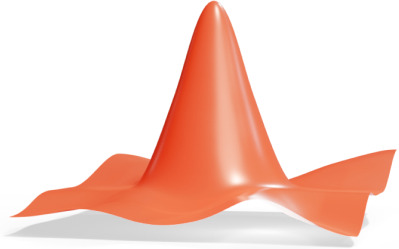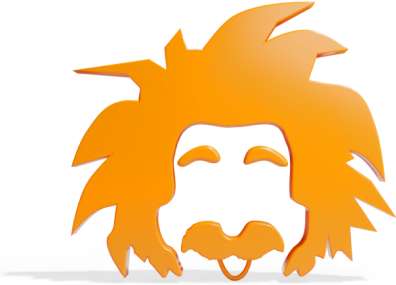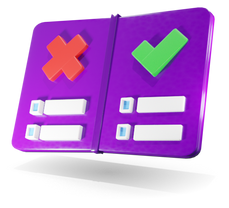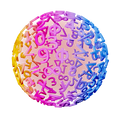9. klasse
Hvordan kan du bruke geometri til å løse praktiske problemer som handler om volum?
{
"voice_prompt": "",
"manuscript": {
"title": {
"text": "How can you use geometry to solve practical problems involving volume?",
"audio": "How can you use geometry to solve practical problems involving volume?"
},
"description": {
"text": "You can use geometry to solve practical problems involving volume. First, identify the shape and its dimensions. Then, apply the correct formula to find the solution.",
"audio": "You can use geometry to solve practical problems involving volume. First, identify the shape and its dimensions. Then, apply the correct formula to find the solution."
},
"scenes": [
{
"text": "Let's say you're given this problem: A cylindrical can of water has a diameter of 6 cm and a height of 12 cm. Currently, only one-third of the water remains in the can. How many cubic centimeters of water remain?"
},
{
"text": "So, how do you solve a problem like this? First, you need to calculate the volume of the can. This represents the amount of water the can holds when it’s completely full. Then, since only one-third of the water is left, you multiply the volume by one-third."
},
{
"text": "So, let's get started. The formula for the volume of a cylinder is pi r squared h, where r is the radius and h is the height.",
"latex": "V = \\pi r^2 h"
},
{
"text": "In this case, the diameter of the can is 6 cm. Since the radius is half the diameter, you divide by 2, giving you a radius of 3 cm. The height, h, is 12 cm."
},
{
"text": "Let's ignore the units for now to make the calculations easier to follow. Replacing r and h in the formula with 3 and 12 gives you this expression:",
"latex": "V = \\pi \\times 3 squared \\times 12"
},
{
"text": "Now, replace pi with 3.14, and write 3 squared as 3 times 3."
},
{
"text": "And you get 3.14 times 3 times 3 times 12, which is 339.12."
},
{
"text": "So, that’s the volume of the can, which is how much water it can hold when it’s full."
},
{
"text": "Since only one-third of the water is left, you multiply this volume by one-third:",
"latex": "\\frac{1}{3} \\times 339.12 = 113.04"
},
{
"text": "Since the units in this case are centimeters, the remaining water in the can is 113.04 cubic centimeters."
},
{
"text": "And that's it. You have found that there is 113.04 cubic centimeters of water left in the can."
}
],
"outro": {
"text": "You can use geometry to solve practical problems involving volume. First, identify the shape and its dimensions. Then, apply the correct formula to find the solution.",
"audio": "You can use geometry to solve practical problems involving volume. First, identify the shape and its dimensions. Then, apply the correct formula to find the solution."
}
}
}
en_9_GM_practical_problem_involving_volume.jsonOpen with Text Editor Share
Displaying en_9_GM_practical_problem_involving_volume.json.



